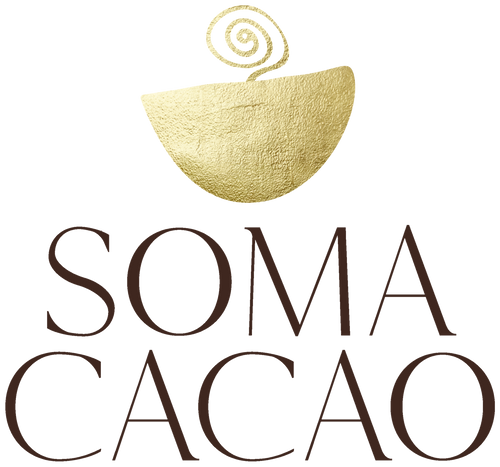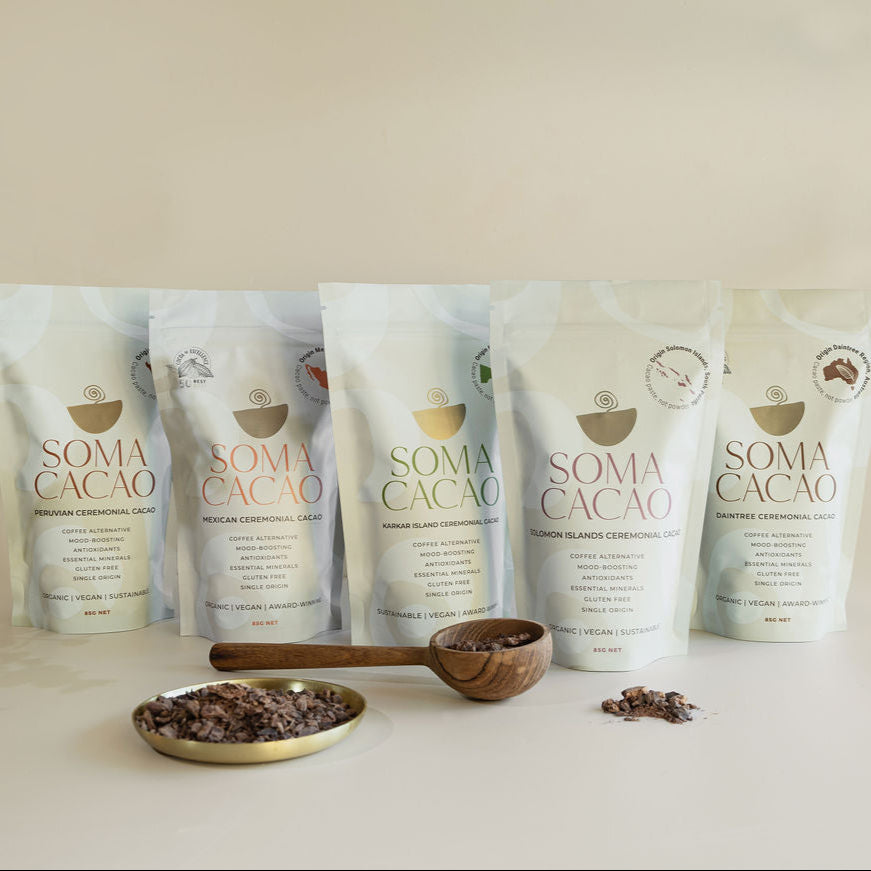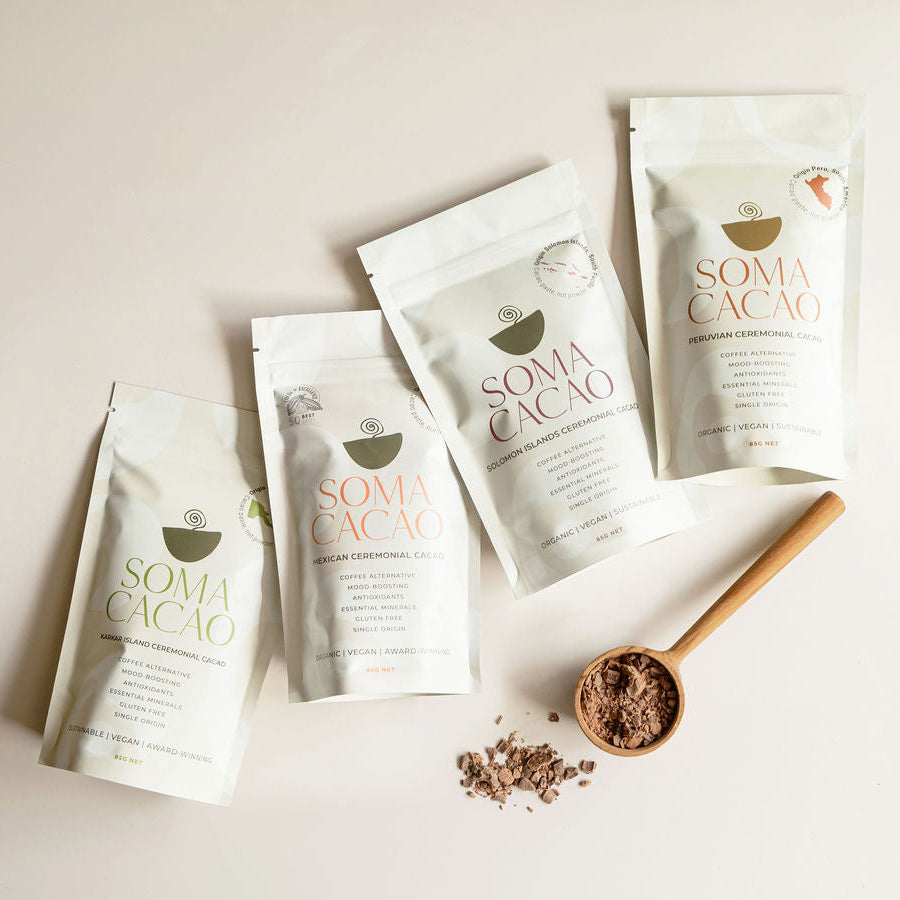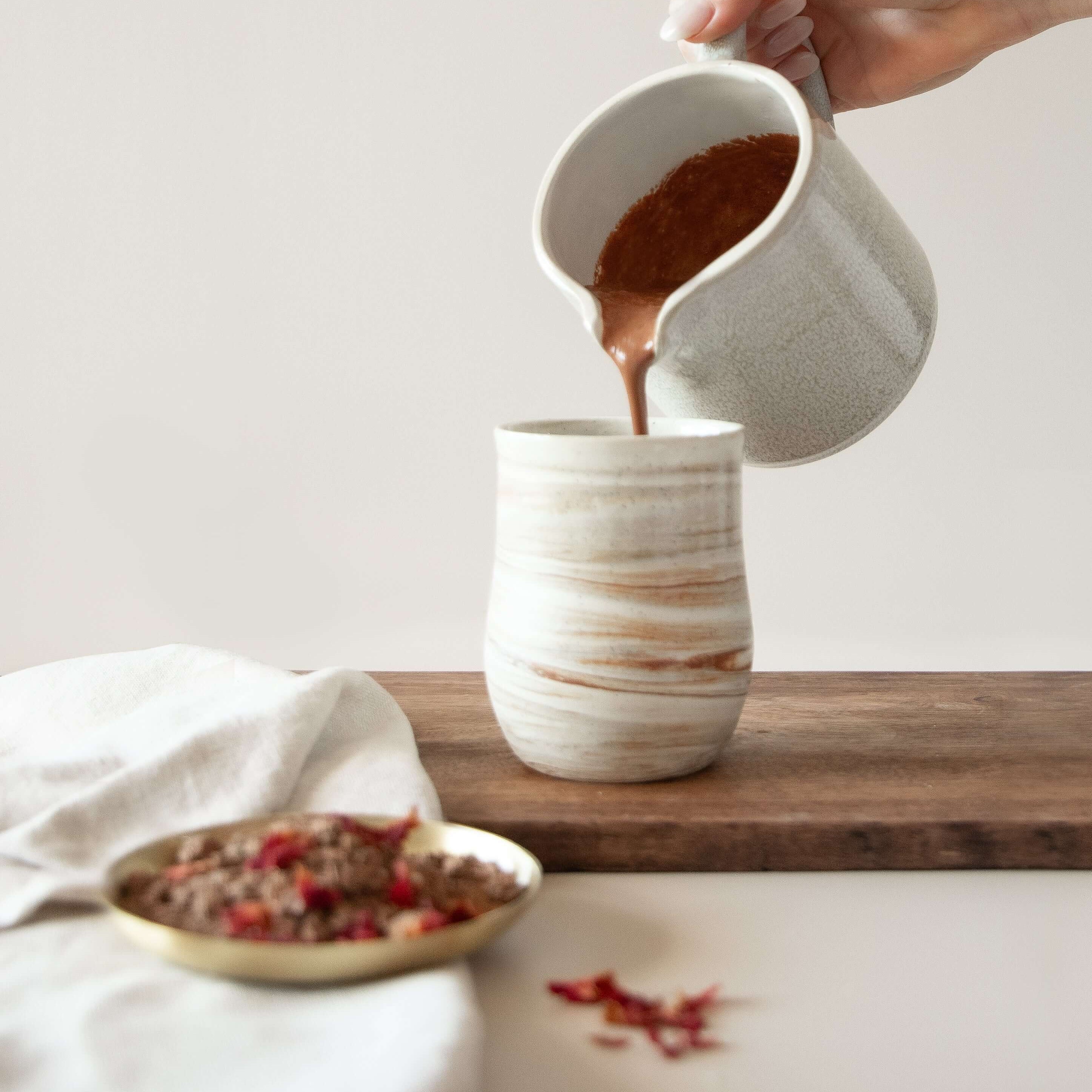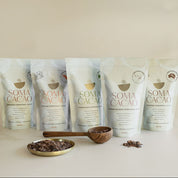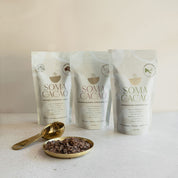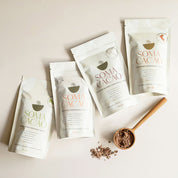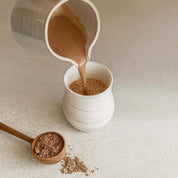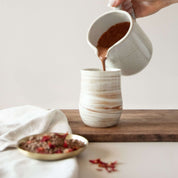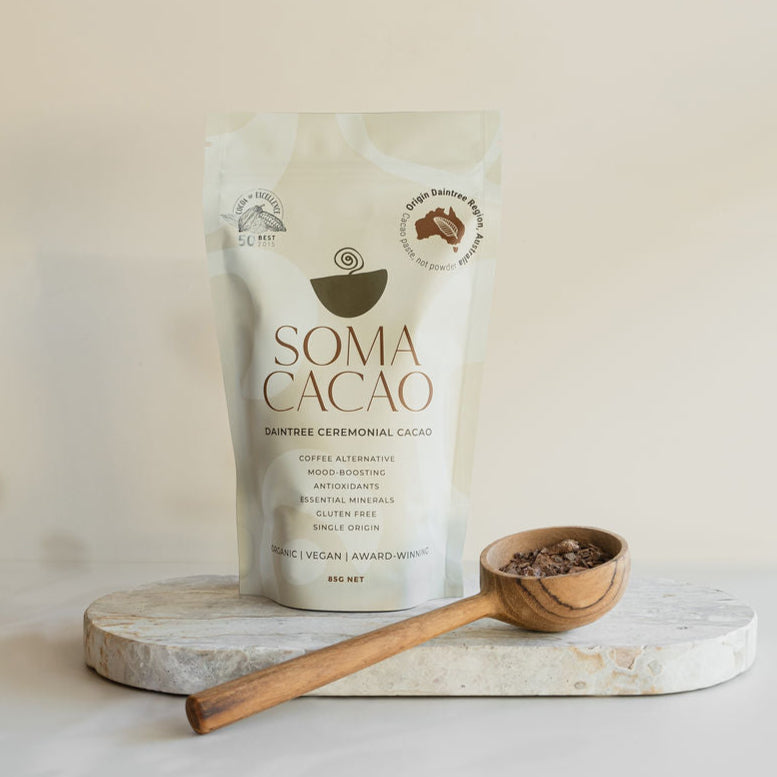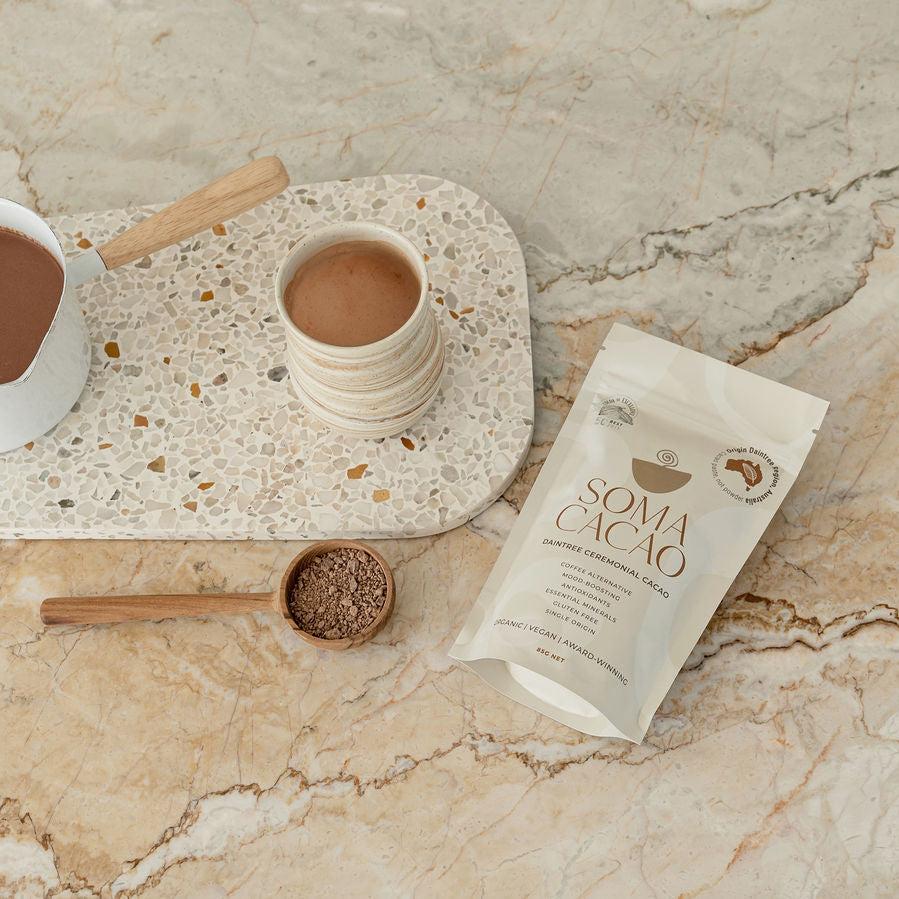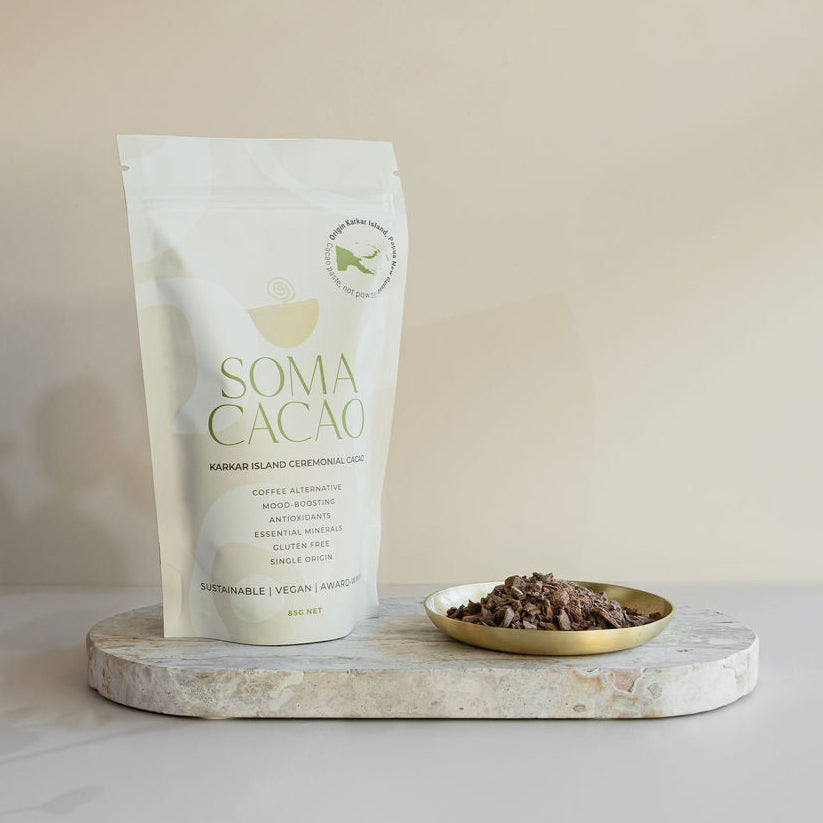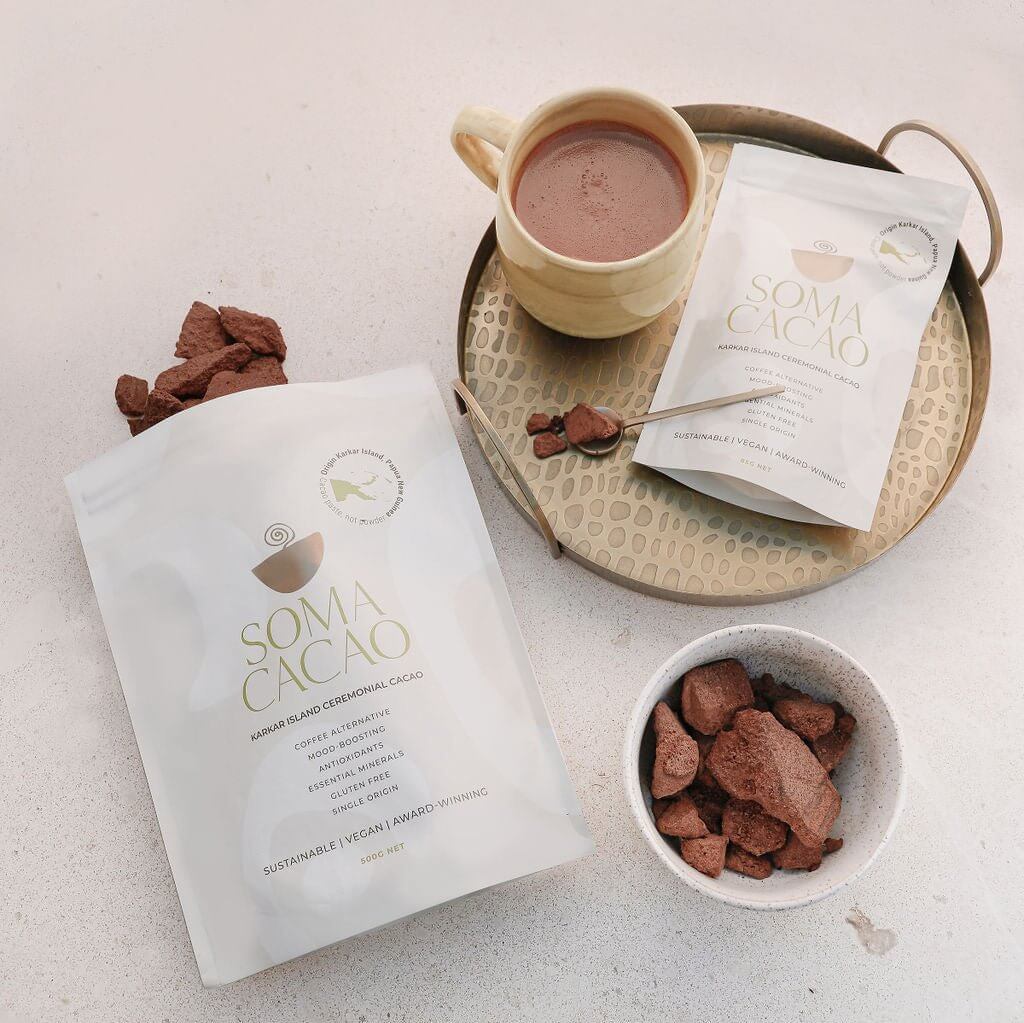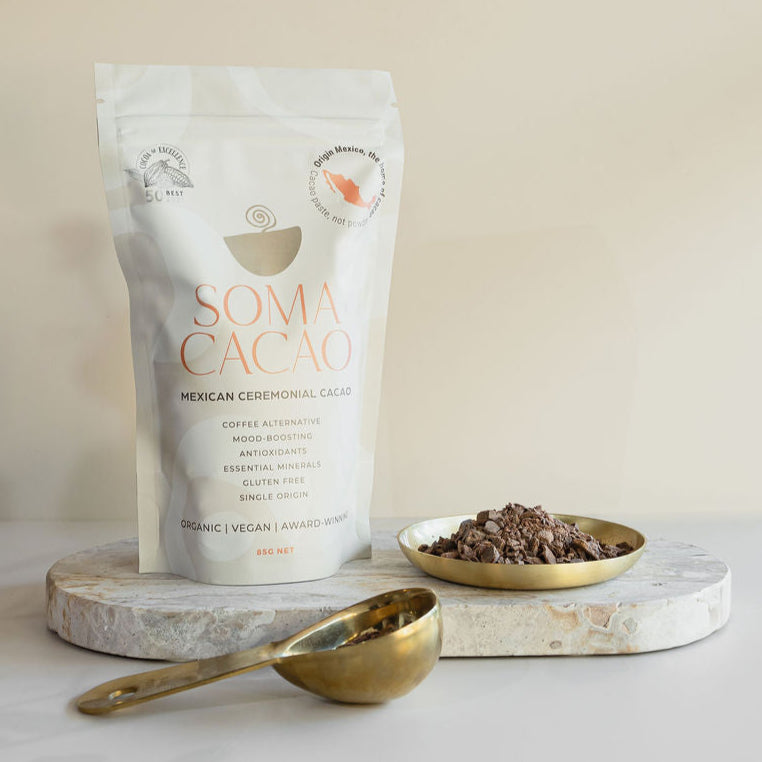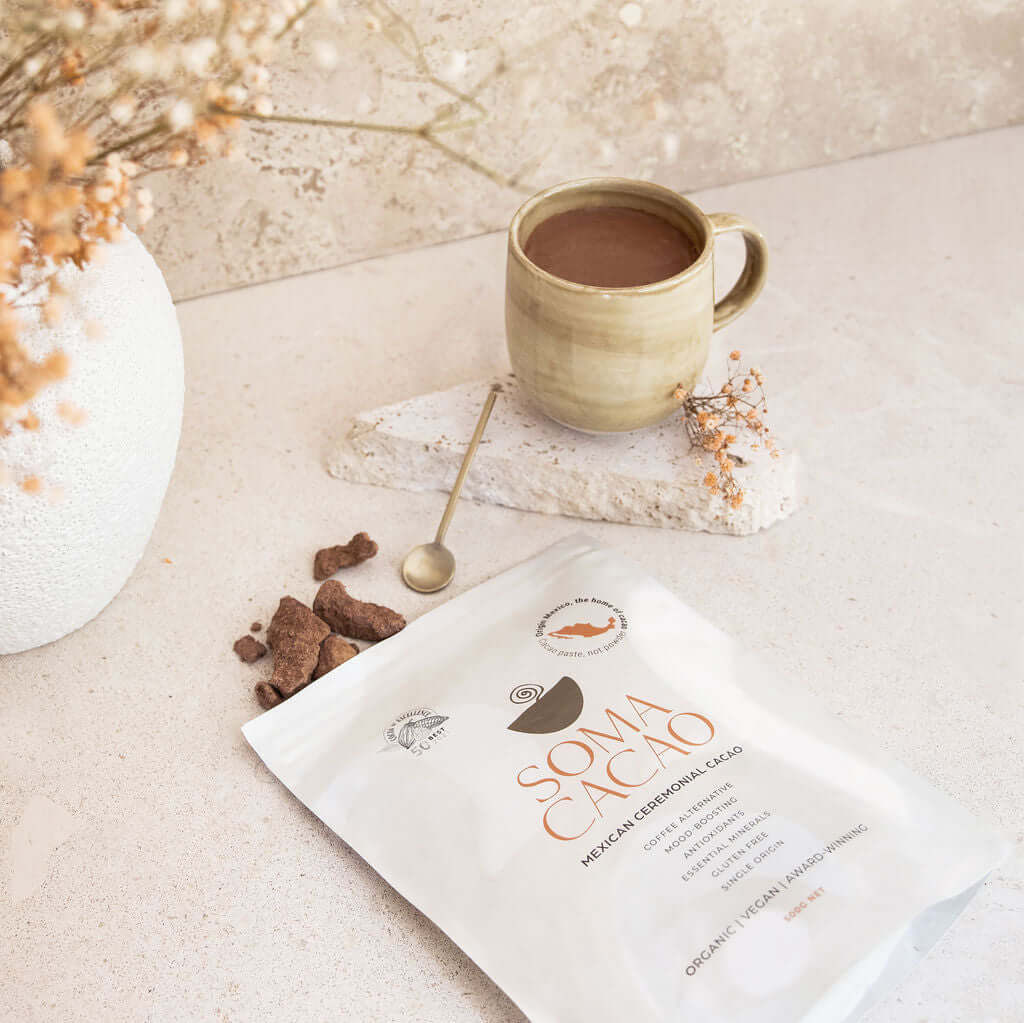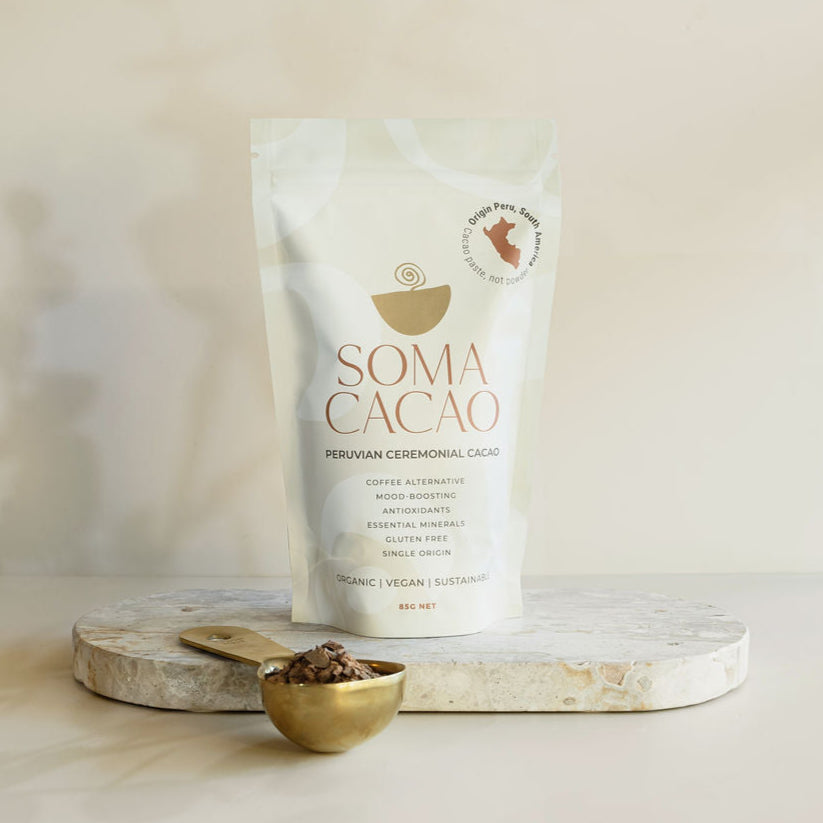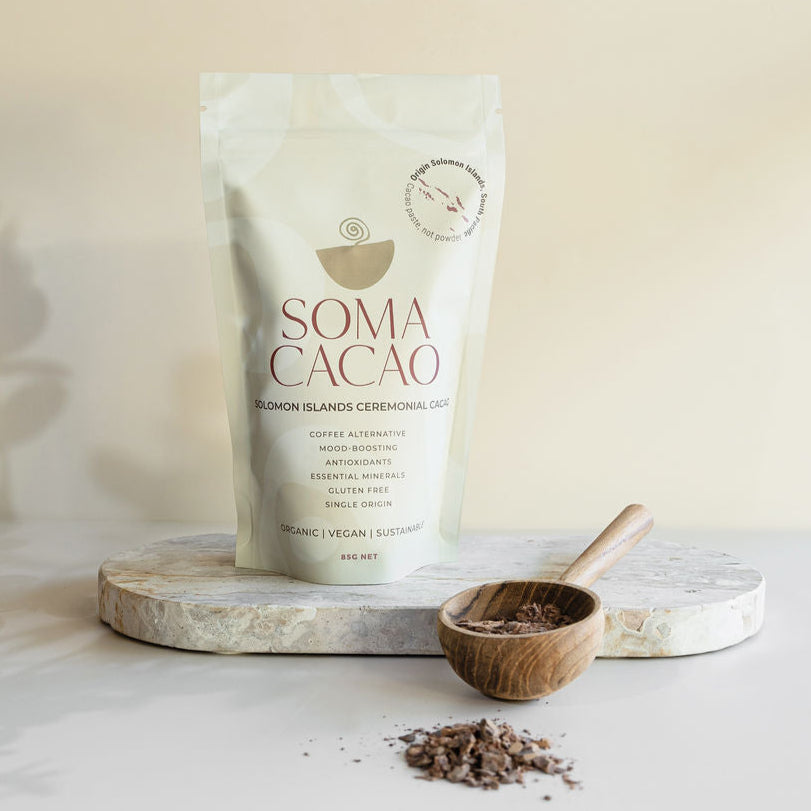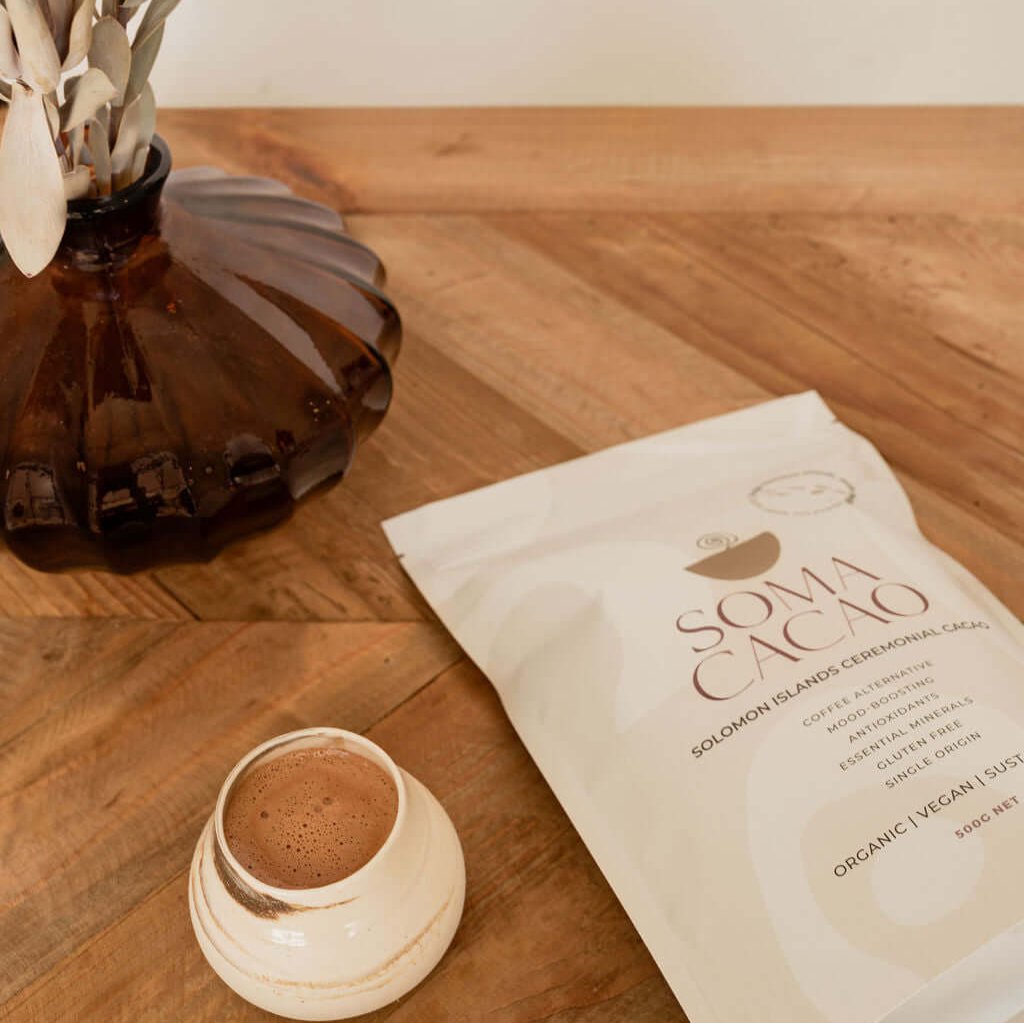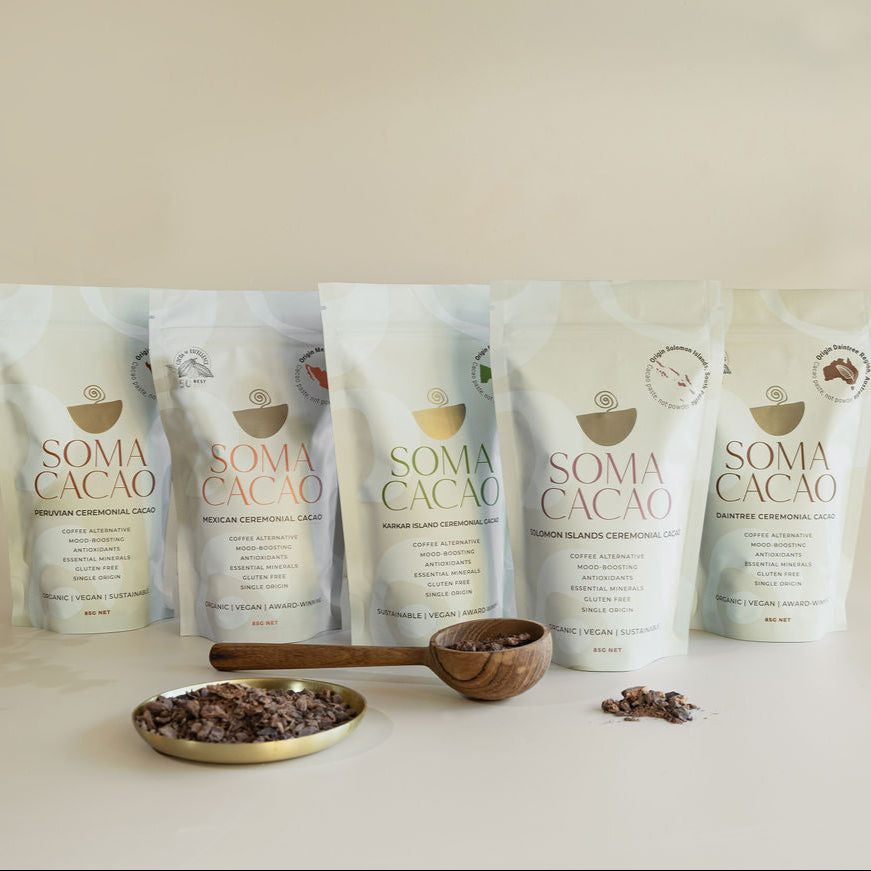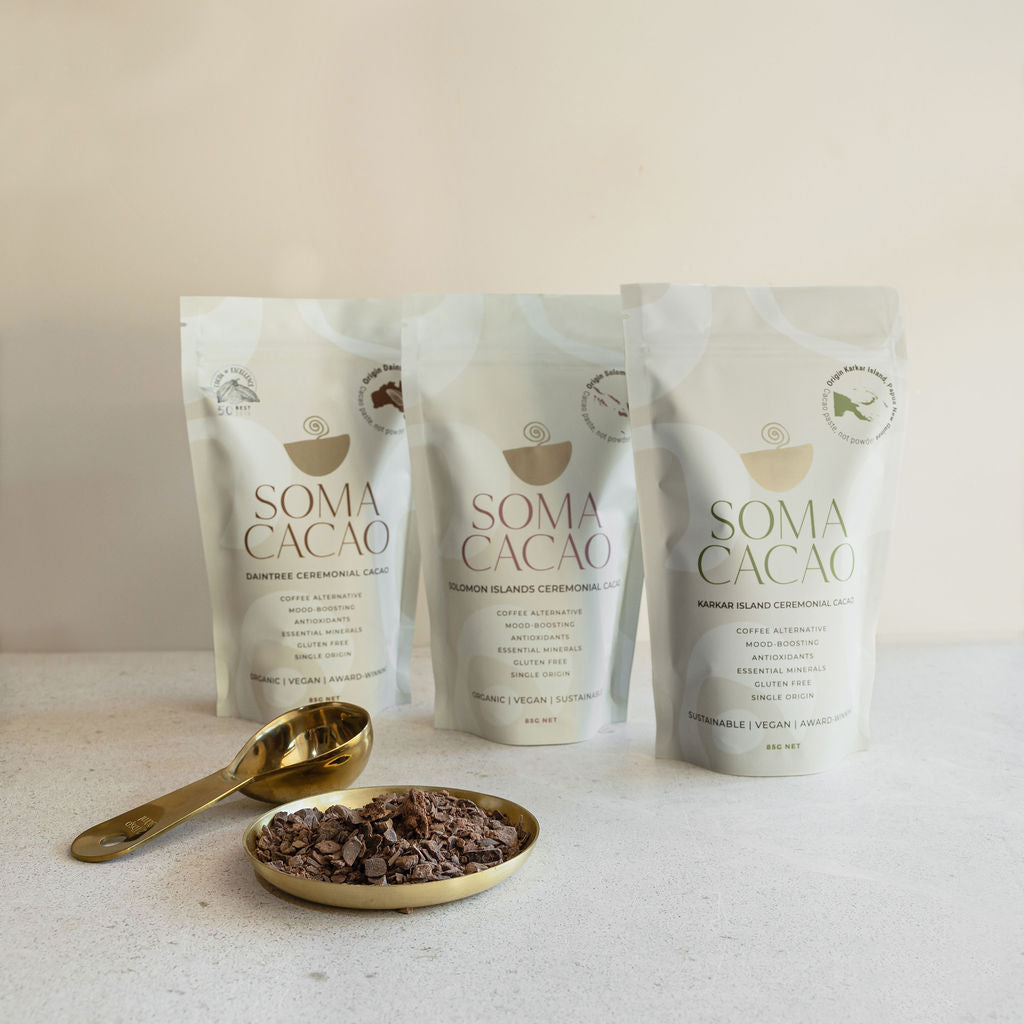Understanding the Different Types of Ceremonial Cacao Beans
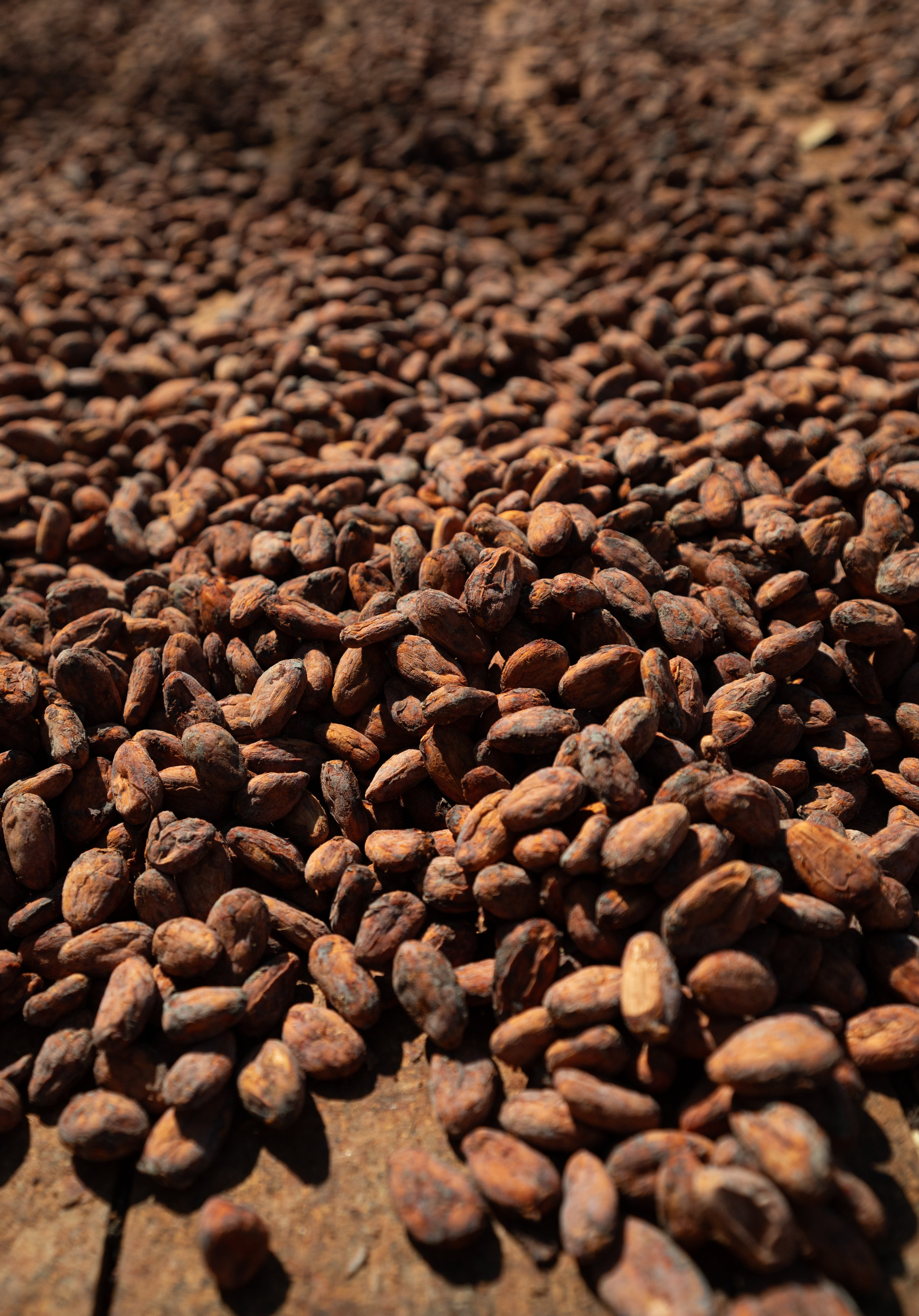
This week we want to explore a trending topic in the world of cacao.
We’re aware some of you flirt with other cacao brands, receive their advertising advances, maybe even have a fling from time to time (we don’t mind - we’re confident you’ll come back).
Those of you with an ear to the ground in the world of cacao will probably have heard much made of the word “criollo” lately. The word is generally used to distinguish blue-blooded ancestral cacaos (criollo cacao) from muggle or mud-blood cacaos (forastero and trinitario).
The word, as with most trendy marketing terms in the health and well-being world, is widely misunderstood, and essentially meaningless.
Understanding the use of the word 'Criollo' in Ceremonial Grade Cacao
Let us explain:
“Criollo” is a Spanish word that translates roughly as “creole.” It was originally used in Latin American colonies to describe locally-born people of full Spanish blood (basically the nobility). Most of the Latin American wars of independence were fought by criollos against peninsulares (Spanish-born rulers), with indigenous people playing little part.
The Evolution of 'Criollo'
Over the years, with changing social nuances and the evolution of Latino Spanish, the word “criollo” has come to mean ‘local’. It is used to denote locally-farmed cattle, chickens, eggs, and even potatoes. It’s important to note that a criollo chicken in Mexico would not be criollo in Peru, and a Peruvian criollo chicken would not be called criollo in Mexico, even if they belonged to the same breed.
In cacao, “criollo” generally means that a cacao is indigenous to the region it grows in. The term has some utility in distinguishing locally-grown heirloom crops from the hyper-modified crops introduced by big chocolate companies, which are bred for hardiness and produce vast quantities of bland, homogenous cacao.
However, to say that any cacao is indigenous to the area it grows in is to play with semantic fire. Almost all criollo cacao never grew wild, but was cultivated in pre-Columbian Central America from wild strains sourced in present-day Ecuador. Which is to say: it was introduced by Aztecs 700 years ago, not by Nestle in 2003; but, all the same, it was introduced.
The Genetic Complexity of Cacao Beans
Cacao is generally divided into 10 or 14 genetic groups. Very few cacao trees contain genes from just one of these groups. There is so much cross-pollination, both agricultural and natural, between cacao trees, that the only place to find pure-bred cacao trees is deep in the Amazon jungle.
Most cacao trees contain genes from at least three or four genetic groups. Brother and sister trees on the same farm often express their genes differently, so that each tree is subtly different. This is good for cacao consumers, as genetically complex cacao trees are more disease-resistant, and also yield more nuanced and interesting flavours.
Soma's Approach to Sourcing Ceremonial Cacao
At Soma we are not racist. We have learned that there is nothing inherently better about criollo cacao, either in terms of flavour or healthiness. Instead of sourcing our cacaos based on their genetic pedigrees, we have chosen to look for the finest-flavour, most nutrient-dense cacaos. Two of our cacaos are sold to us as criollo (our Mexican and Peruvian); the rest of our sources are trinitario.
Factors That Define the Quality of Ceremonial Cacao
There are so many factors that determine the flavour and quality of any cacao bean: climate, soil, local ecosystem, season of harvest, fermentation process, roast length, conching. At Soma we’ve learned to love the complexity of cacao farming, and we don’t fall into the trap of thinking a cacao is high-quality just because it is “criollo,” whatever that means.
- Tags: Cacao Hacks History Opinion
0 comments
